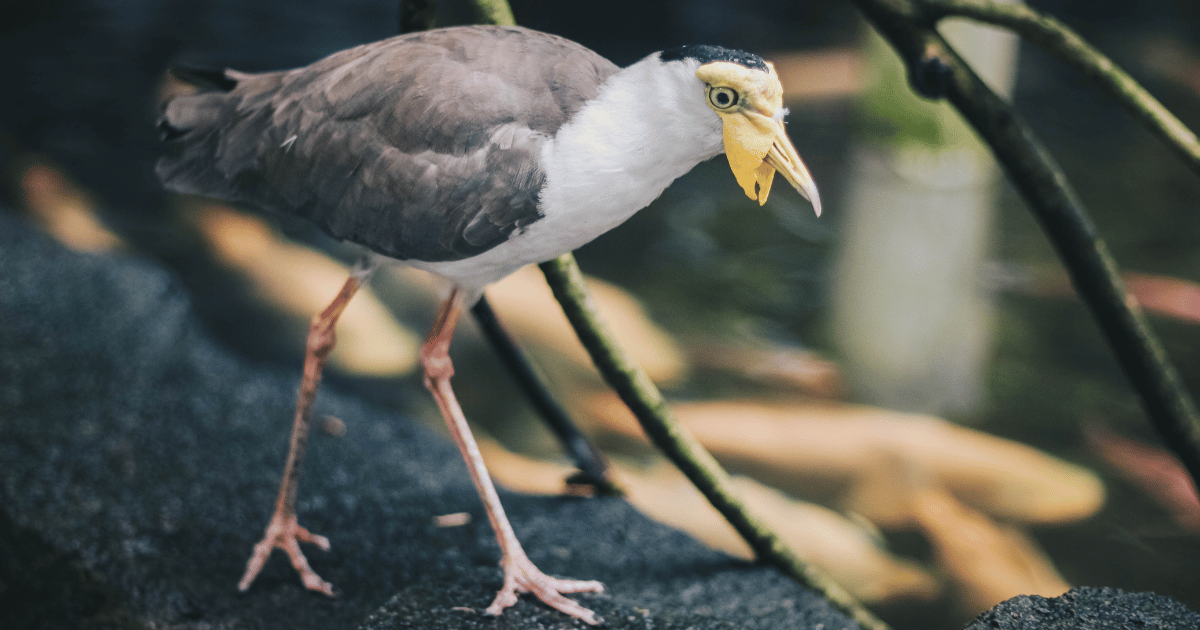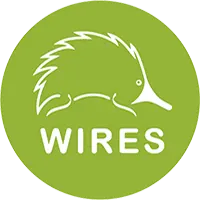
People and Plovers
Wednesday, May 20, 2015
Plovers or Masked Lapwings are fairly large birds, they have long reddish legs and large yellow facial wattles. They inhabit virtually the whole of Australia and are commonly found on the shores of swamps and lakes. They commonly inhabit large grassy areas often areas cleared for pasture or parkland.
Plovers usually lay their eggs after local rains. They lay up to four eggs on the ground in a small depression. However, these birds have now come to accept flat roofs as a suitable nesting site, as they are generally safe from humans and predation.
The eggs will hatch in about 28 days and on hatching the chicks are amazingly well coordinated and can see, run and peck up food. The parent gives protection, direction and warmth.
Leaving the nest
As soon as the chick hatches it leaves the nest to follow the parent. If the chick has jumped from a rooftop, that is the natural thing to do. At this stage of development the bones are still elastic and the chick light and fluffy. When it jumps from a height it floats down, seldom injuring itself and runs to a protected area with one of the parents. Do not put it back on the rooftop – it will have to jump off again to search for food.
Swooping and screeching
When the plover has laid her eggs she is very protective of them. It is this fearlessly protective nature that brings it into conflict with people. Once the chicks have hatched the parent birds will concentrate on teaching their chicks to feed (plovers are precocial and will guide the chicks to food) and the level of protection will significantly decrease. Wear a large hat when in their vicinity, and don’t walk towards them or make eye contact with them.
What you can do
Attempts have been made to relocate the eggs to a more suitable location – the parents were not impressed and did not go to them. Total removal is the only option. Attempts have been made to incubate the eggs – this is enormously time-consuming and WIRES carers are not experts in this area. If the nest site is simply in a vulnerable position, a protective fence/table/chair can be placed over the nest site so that the birds can come and go safely until the chicks are hatched.
Recent Posts
Flying-foxes and fruit tree netting
Helping wildlife after severe storm event or floods
Read about some of the seasonal behaviour of native animals
